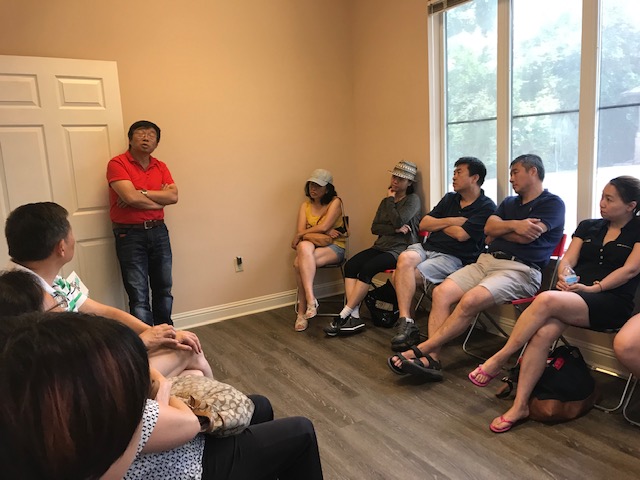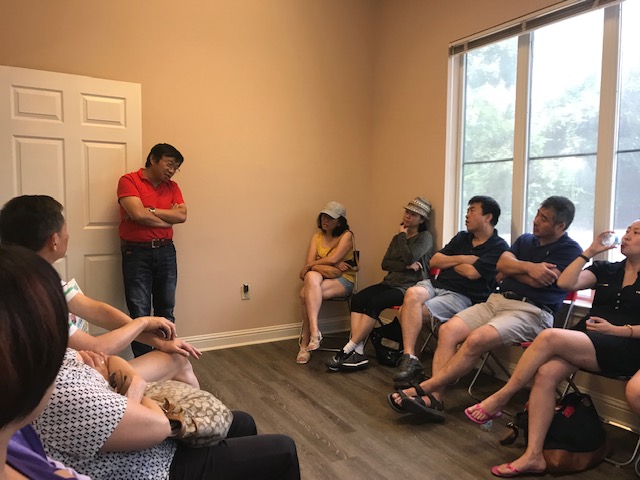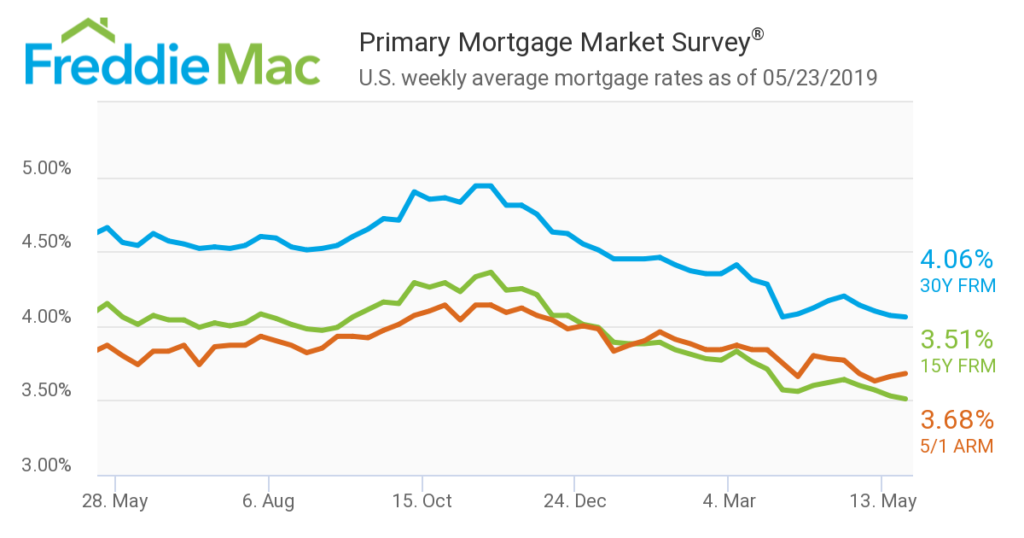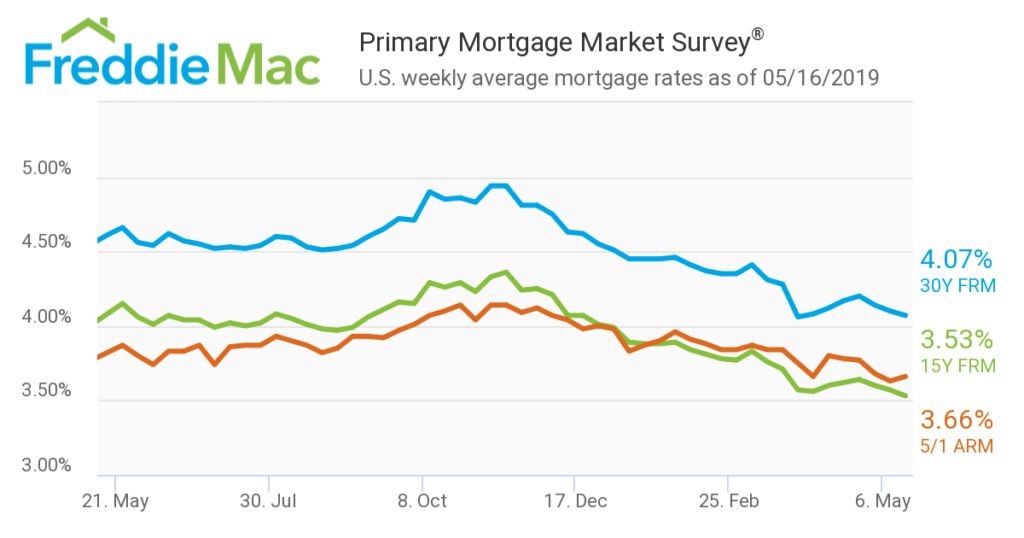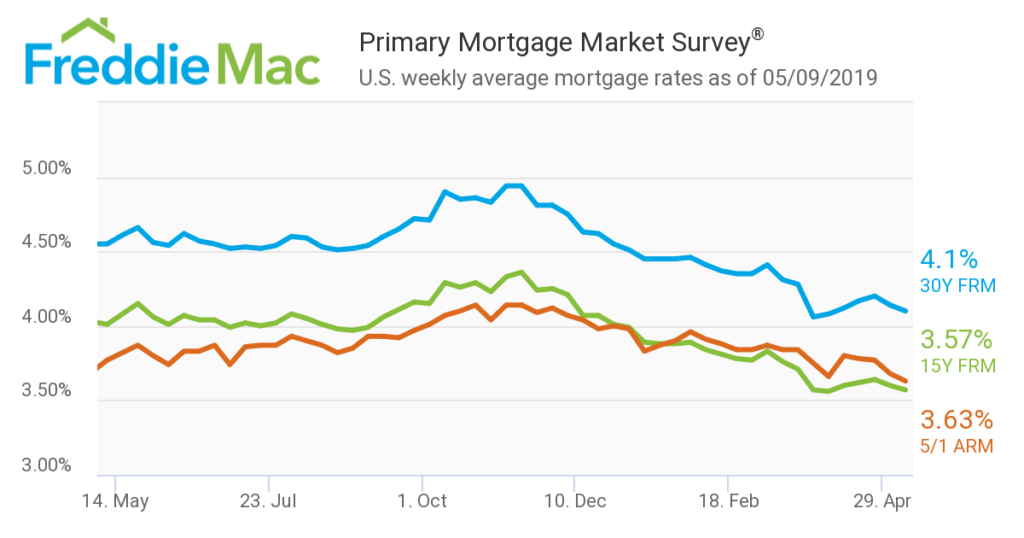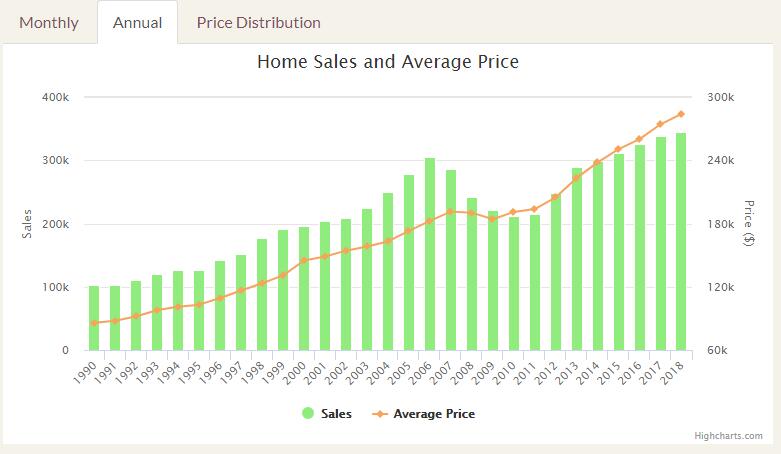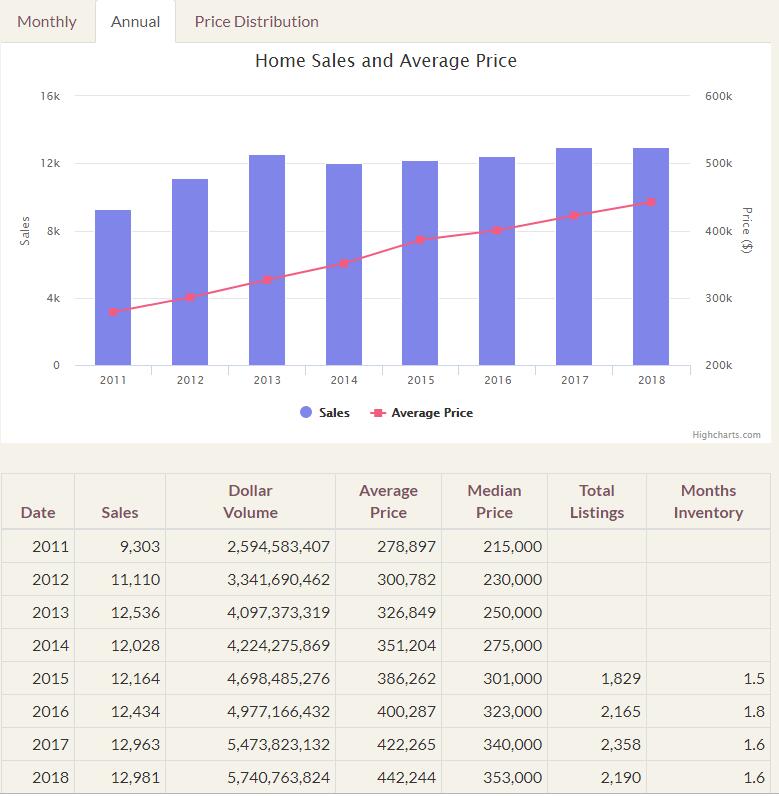Every investor has a different goal. Some focuses on cash
flow, i.e. how much to get every year, but me? I think appreciation is one goal
of investment, and the main goal for long-term investment.
During the initial stage of investment, I had other stable
incomes like employment income, so my target at that time was to pay less tax
and gain more capital. There’s no income tax when you don’t actually get money into
your pocket, and you don’t need to pay tax on capital gain until you sell the
property, so at that time, the appreciation of the house is your gain and you
don’t need to pay tax for it.
In order to achieve the goal of utmost capital gain and
least tax, we need to take great advantage of using leverage, which means borrow
as much money as possible. However, high leverage comes with high risk and excessive
negative cash flow may bring you financial pressure, thus the recommended down
payment for investment real estate purchase is 25%, with loan-to-value ratio of
75%. This ratio keeps the risk and cash flow both at a balance. When down
payment is less than 25%, banks think risk gets higher, so it costs more to get
a loan. If you can afford a relatively higher risk, you could find mortgage
products with only 15% or 20% down payment.
It is actually Fannie Mae and Freddie Mac that recommend
investors to put 25% down. With this down payment, rate is very competitive. Most
real estate properties with 25% down payment can still have a little bit positive
cash flow nowadays. When I started to purchase investment properties in more
than a decade ago, that number was 20%, so most of my investment properties were
purchased with 20% down payments. When the value of the real estate increased
by 5%, my equity increased by 25% (5 *5%). This is how leverage works. Of course
when real estate’s price goes down, the equity decreases by five times as well.
For example, I purchased a property with $20,000 down payment and loaned
$80,000. When this house’ value increase 5% after a year, which is $5,000, the
principal balance is a little bit less than $80,000, and the equity turns from
$20,000 to $25,000, the increase is $5000/$20,000 = $25%.
For the past several years, the average real estate appreciation
is 5% per year for Austin and most cities of United States.
A few decades later, when we need cash flow income to
support daily life (usually it’s when we retired), the loan-to-value ratio
needs to stay relatively low. Let’s say now we pay 25% to purchase a property,
in 15 or 20 years, house value should be increased by 2 to 4 times, mortgage
principal balance becomes low and rent amount increases. In today’s Texas’
market, if you use cash to purchase, the cash flow should be between 4% and
10%, which is much better than investing money into stock market. Besides cash
flow, the annual average appreciation is about 5%, based on past 30-year’s
statistics. The appreciation part can be regarded as saving, and its increase
rate should follow the changes of inflation, because essentially the property
is about land, labor, steel, wood and etc.
A general principle is since we plan to keep the investment
for 15 to 20 years, even the initial cash flow is low or negative with 25% or
20% of down payment, in a few years, it should become positive and eventually a
nice source of income.
We will talk about how to reduce risk in following articles.
Reference: http://www.multpl.com/s-p-500-dividend-yield/table
